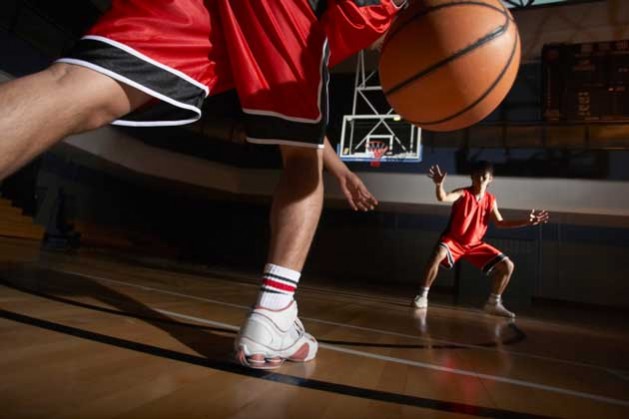Home »
Misc »
How to stop traveling in basketball
How to stop traveling in basketball
How to Avoid Traveling before the First Dribble
The first tip Coach Dave Harrington of Evolution basketball shared with me on how to avoid traveling before the first dribble was to immediately sit and get low. On virtually every catch this is what players need to be doing. It is much easier said than done. Bentley University’s Associate Head Coach C White (whom I spoke with last year) told him that girls struggle to get low. To combat this, Coach Dave drills players to get uncomfortably low in a squat with a ball. Once they are low, he pushes them to extend their pivot foot further than they are used to. Here were some other nuggets he shared with me:
Catch on a Jump stop
Either foot can be used as a pivot foot if a pass is caught on a jump stop. We wrote last year that there is a case to be made for players to practice pivoting on one foot. The greatest players in the world pivot on their weak foot more than ninety percent of the time. Here is the case to be able to pivot on both feet.![]()
First of all, there are still those ten percent occasions for great players where the defense dictates that you move in the direction you are less comfortable to go. Second, these players that get flagged for traveling are not Kevin Durant or the best players in the world. Third, the defense has to respect both feet when the ball is caught on a jump stop. Fourth, as Coach Dave stressed refs love to call pivot foot error travels. Catching on a jump stop creates less for them to think about. Fifth, a player is more likely to be balanced when they catch. Even if they are leaning one way on a jump stop catch, they can take the step in the direction that they are leaning and not get called.
Jab Step & Reverse Pivot to Avoid Traveling
Coach Dave’s point about catching and squatting also applies to a bad habit he routinely sees in the jab step. Players are not low enough when they jab. When they are overly vertical, they lack explosiveness and balance. This combination leads to the wrong foot coming up and a travel call. To build this skill into a player’s consciousness, he has players use a ladder and step at the defender and at forty-five degrees with both feet.
To build this skill into a player’s consciousness, he has players use a ladder and step at the defender and at forty-five degrees with both feet.
In addition to the flaws of the jab technique, Coach Dave also notices a dearth of reverse pivot moves. This is especially true with post players who catch the ball most of the time with the back to the basket. If these players utilize a reverse pivot, they immediately put pressure on help defenders to shut down cutters.
Transition Offense Tips
Initially Coach Dave wants young players and teams to understand lanes, how to find a trailer, and get a lay-up. This spring he has coached a team that is using transition a little differently. The team is a stronger shooting team with just one forward and many guards. In today’s game, the emphasis on the three is not anything new of course. What I liked is that he is specific in what he wants from his team on the three balls. He will issue challenges such as getting an open three four seconds after the ball gets over half-court or get a three after only three passes. I also liked how Coach Dave broke down the why behind this philosophy.
I also liked how Coach Dave broke down the why behind this philosophy.
Why Shoot 3’s in Transition
- Great looks. There is a higher probability of getting a clean look in transition than the quarter court where all ten players are stuffed together. Traditionalists might argue that you can get closer, but there is also a chance that when the defense is set that contested close shots are harder than uncontested far shots. Not to mention that the possibility of a turnover increases when open shots are passed up.
- The math equation. If the percentage of two-pointers made is less than 1.5 times the percentage of three-pointers made, it’s a good idea to shoot more threes. This is where knowing your team’s strengths and weaknesses is critical.
- Speeding up the pace. Teams that are deeper and guard-oriented benefit from playing fast. Again, know your team.
- Size becomes less important.
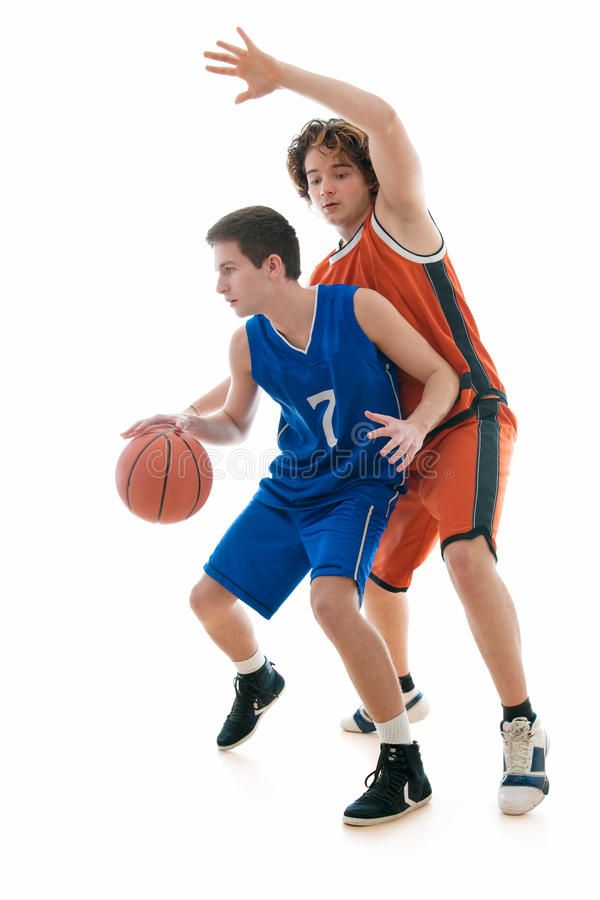 Open shots being emphasized translates to shot blockers being less of a factor.
Open shots being emphasized translates to shot blockers being less of a factor. - Really fun to play. Players are motivated. They are more likely to put extra time in working on their shot when they know that they will get to put their work to use.
Half-Court Offense
A common theme with Coach Dave and Coach Randy at Evolution is keeping it simple. Set plays are not emphasized. Players should ball screen instinctually based on the situation rather than have a call. What Coach Dave did want was players to react correctly when he would give them cues within the play such as a reversal dribble hand-off until a backdoor cut was open. The NBA game has helped him think about mismatches. In 5 on 0, he wants to show players how to screen for one another to get a certain matchup. Then, see if players can execute that in 5 on 5. Executing includes ensuring that players do not force shots once the mismatch is in place.
Philosophy Stuff
One great takeaway Coach Dave had was in regards to where players are spending their time. He will tell players that are addicted to social media to take as many free throws as they get likes on their Instagram photos or to work on the weak hand the same number of minutes that they send messages on Snap Chat. It is a way to relate to players that those things are distractions from bigger goals and that they are not doing everything possible to reach their potential.
He will tell players that are addicted to social media to take as many free throws as they get likes on their Instagram photos or to work on the weak hand the same number of minutes that they send messages on Snap Chat. It is a way to relate to players that those things are distractions from bigger goals and that they are not doing everything possible to reach their potential.
I have always believed in the philosophy that if you want to be the hardest working player, there’s nothing stopping you from doing that. Talent, height, and athleticism all have innate features to them, but effort does not. In a similar way, Coach Dave wants his team to not only be the hardest working teams, but also the best I.Q. teams. This is what he is going for when he says he wants players to instinctually find and exploit mismatches, search for a great shot, or set ball screens without calling a play.
AAU Haters
There are many people out there who argue AAU is not worth driving two hours to play. There are four tiers of player according to Coach Dave: developing, competitive, elite, and advanced. For the elite and developing players this sacrifice might be too much. He argues that for the elite or advanced players who want to play in college, AAU is an absolute must. High school leagues do not guarantee a challenge as many games are blow outs. AAU does not guarantee a challenge either, but by playing more games against upper tier competition the probability increases. More importantly though, it is much easier to get recruited since college coaches can scout more people that they are interested in. These same coaches might not go to a high school game if they are not sold on a player.
There are four tiers of player according to Coach Dave: developing, competitive, elite, and advanced. For the elite and developing players this sacrifice might be too much. He argues that for the elite or advanced players who want to play in college, AAU is an absolute must. High school leagues do not guarantee a challenge as many games are blow outs. AAU does not guarantee a challenge either, but by playing more games against upper tier competition the probability increases. More importantly though, it is much easier to get recruited since college coaches can scout more people that they are interested in. These same coaches might not go to a high school game if they are not sold on a player.
General, Transition AAU basketball, Dave Harrington, Evolution basketball, half court offense, jab step, jump stop, reverse pivot, Transition Offense
Traveling in Basketball – The Ultimate Guide to the Rule
When learning to play basketball for the first time, it’s important you understand how to do the right things on the court.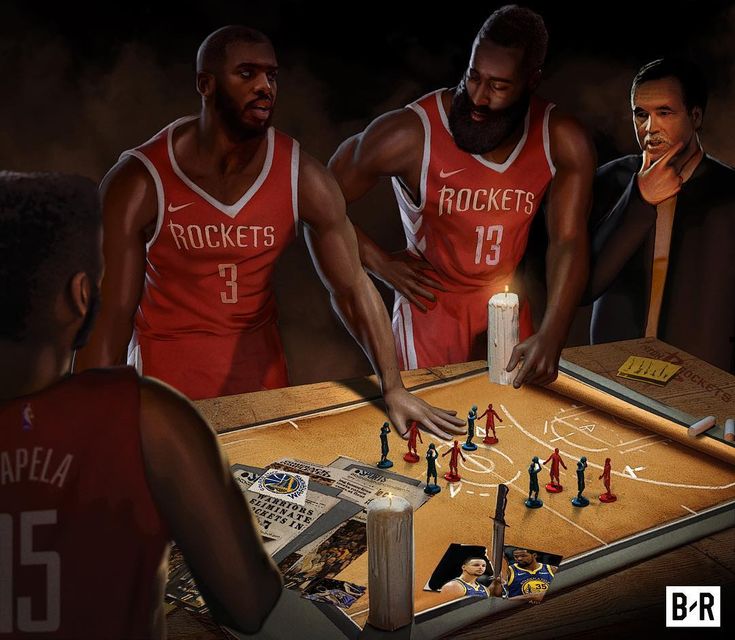 At the same time, it’s also important you know how to avoid doing the wrong things on the court — such as traveling.
At the same time, it’s also important you know how to avoid doing the wrong things on the court — such as traveling.
So, what is traveling in basketball?
Traveling is a violation in basketball that occurs when a player in possession of the ball illegally moves one or both of their feet. There is a wide range of ways traveling can be called, but they largely occur when an offensive player takes more than two steps.
A traveling violation, also known as ‘walking’ or ‘taking steps,’ is a coach’s worst nightmare. For the most part, traveling violations are unforced errors that should be avoided at all times. Since there’s a lot to learn when it comes to traveling, we’ll break down everything you need to know.
What Is Traveling in Basketball?When most people think of a traveling violation, they think of taking too many steps without dribbling the ball. While that’s a broad definition of this rule, it doesn’t explain the full spectrum of what the referees consider a traveling violation.
According to the NBA’s official rulebook, there are eight major considerations when traveling in basketball. Let’s take a closer look at what’s considered traveling:
- If you receive the ball while standing still, you can use either foot as your pivot foot, but only one foot.
- When receiving the ball while progressing, you’re allowed two steps if coming into a pass, shot, or stop. You’ll get an extra ‘gather step’ if you haven’t dribbled yet.
- If you want to dribble after receiving the ball (when standing still or coming to a full stop), the ball has to leave your hand before your pivot foot is raised off the ground.
- When you have possession of the ball, you must either pass or shoot the ball before the pivot foot returns to the ground. Furthermore, you can’t be the first person to touch the ball if you drop it once the pivot foot is raised.
- If a player falls to the floor when holding the ball, you’re not allowed to benefit from purposefully sliding.

- You’re not allowed to touch the ball after shooting unless it touches the rim, backboard, or another player first.
- You’re not allowed to touch the ball after passing it unless it touches the rim, backboard, or another player first.
- Once you receive the ball or end your dribble, you can’t touch the floor consecutively with the same foot.
Traveling violations can only be called on the ball handler after they catch the ball or after they stop their dribble. In addition to that, you must be in-bounds to travel.
Once the travel happens, the referee blows their whistle and possession is awarded to the defense. The ball is taken out on the sideline nearest the spot of the violation.
How to Avoid Traveling in BasketballUnderstanding the rules is the first step in avoiding traveling when playing basketball, but it won’t guarantee success with the ball in your hand. Much like everything else in this sport, you’ll need extensive practice to feel comfortable enough holding the ball.
Luckily, there are a lot of things you can work on to reduce your risk of traveling in a game. One of the biggest tips we have is called the jump stop and it’s a reliable way to set yourself up for success when receiving the ball.
This occurs when you land on the court and both feet touch after receiving the ball. This is a preferred way to receive the ball because it allows you to choose your pivot foot. This gets tricky when landing on one foot because you don’t want to make a mistake by taking an extra step.
The jump stop is extremely easy to practice whether you’re alone or with your team. When with the team, the coach lines up the players at the baseline about five feet apart. When the whistle blows, the players start running towards half-court.
Players then perform the jump shot on the second whistle. While they’re doing that, the coach yells out a foot and direction to pivot on.
There are four choices here: left foot back pivot, left foot front pivot, right foot back pivot, and right foot front pivot.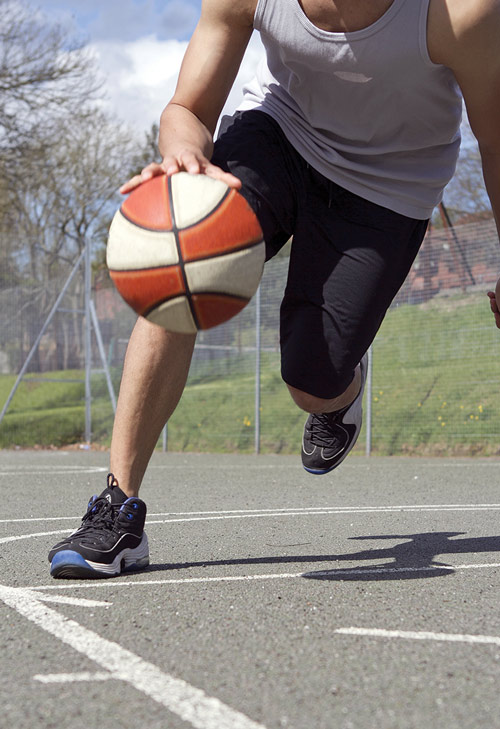 The coach changes the foot and direction every other time he blows the whistle.
The coach changes the foot and direction every other time he blows the whistle.
If you’re alone, do the same thing, but take your coach out of the equation. Mix it up — do it with the ball, without the ball, in different areas of the court, and try doing it with some defense if you have some friends that want to practice.
The more comfortable you are with receiving the ball or picking up your dribble, the less chance you’ll have of drawing traveling violations on the basketball court.
Of course, there is a wide range of other techniques that factor into traveling in basketball. Let’s check out some more of them below!
What Is a Pivot Foot in Basketball?The pivot foot, as we discussed above, is one of the most important facets of a traveling violation. If you don’t know how to utilize the pivot foot properly, let alone know what the pivot foot is, you and the referee will become best friends.
The pivot foot is the foot you use to pivot when holding onto the ball without dribbling.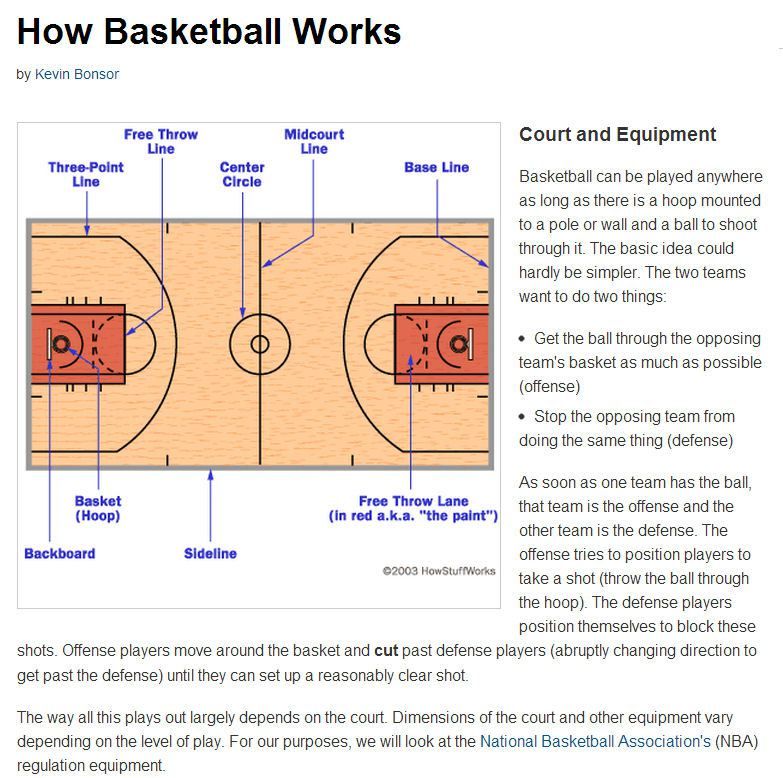 It’s the foot that must remain planted if you want to avoid a traveling violation. It acts like a hinge, allowing you to rotate 360 degrees to create space between you and the defender.
It’s the foot that must remain planted if you want to avoid a traveling violation. It acts like a hinge, allowing you to rotate 360 degrees to create space between you and the defender.
The only time a player is allowed to move their pivot foot is when going up for a shot, passing the ball, or starting a dribble (if they haven’t used their dribble already). Moving the pivot foot before any of these events results in a traveling violation.
To practice your pivot foot, the drill we discussed above will do the trick. For beginners, take the jump stop out of the equation and just work on your pivot foot standing still.
Grab a friend to play defense and have him get in your face so you can get some resistance while trying to keep your pivot foot planted.
If you’re coaching a team, have everyone pair-up and grab a ball. When you blow the whistle the first time, have the player with the ball start pivoting and continue this for several seconds.
When you blow the whistle a second time, the player with the ball needs to pass to their partner so they can start pivoting.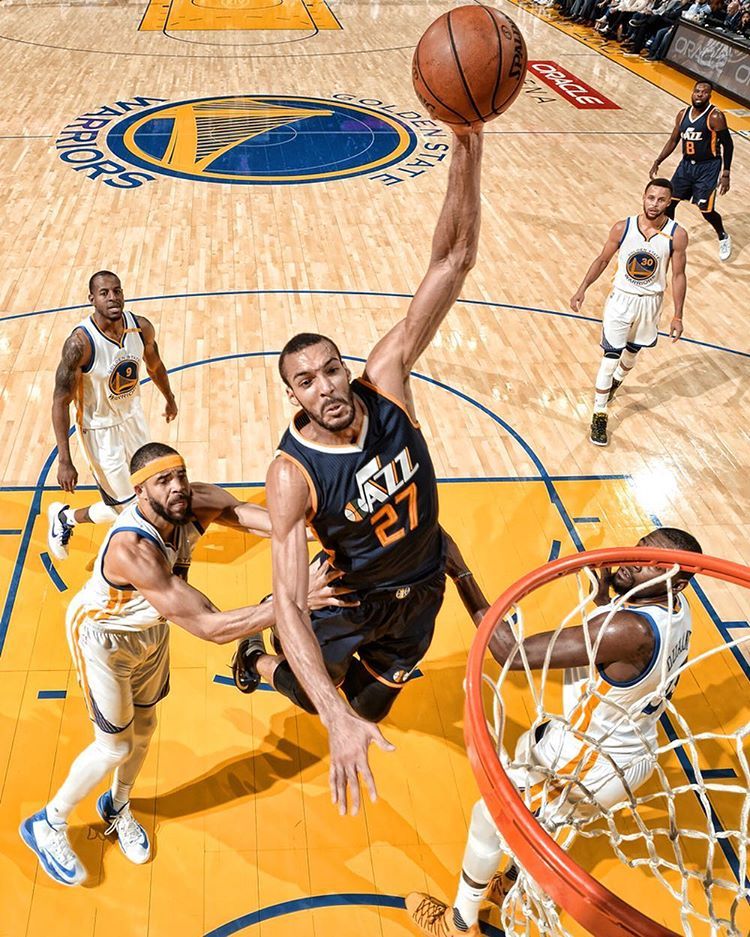
Do this back and forth until both players are exhausted. The more tired they get, the harder it will be to keep that pivot foot. Also, make sure the player without the ball keeps their feet moving while the other player is pivoting — don’t let them stand flat-footed at any time throughout the drill.
What Is a Gather Step in Basketball?The gather step, also known as the ‘gather’, isn’t a new concept to basketball, but it’s one basketball fans have long been confused over. The NBA attempted to clear up that confusion by adding a provision in the rule book that explains the gather step more clearly.
The provision was added in 2019 but has been changed or tweaked several times throughout recent history to better define the gather step. As of now, the NBA’s official rulebook defines the ‘gather’ as the moment a player “gains enough control of the ball to hold it, change hands, pass, shoot, or cradle it against his body.”
It’s important to note that the definition above only applies to a player who receives the ball or gains possession of a loose ball.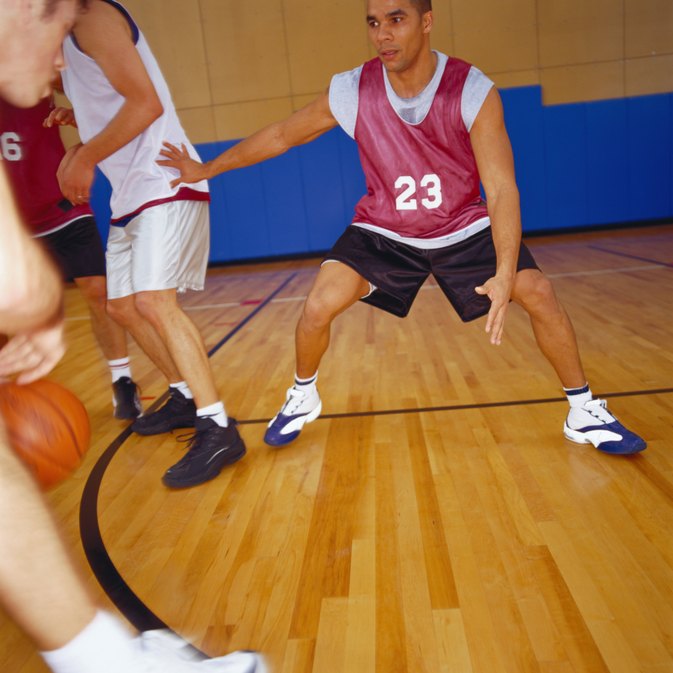
If the player is coming off a dribble, the ‘gather’ is defined as the moment a player puts two hands on the ball, puts their hand under the ball bringing it to a pause, or gains enough control of the ball to pass, shoot, cradle, or change hands.
In addition to that, the NBA further incorporates the new ‘gather’ definition into the traveling rules by explaining the following:
- Players that are progressing can take two steps if they’re coming to a stop, passing or shooting the ball.
- Players that are progressing can take one step before releasing the ball if they haven’t dribbled yet.
- Players that are progressing while dribbling can take two steps if they’re coming to a stop, passing or shooting the ball.
The NBA also defined that the first step is when a foot or both feet touch the ground after the player makes contact and ‘gathers’ the ball.
What Is a Zero Step in Basketball?The zero step is another offensive term in basketball that is rather new to the NBA due to the clarification of the ‘gather’ rule. In relation, the zero step is the step taken by the player when gathering or gaining control of the ball.
In relation, the zero step is the step taken by the player when gathering or gaining control of the ball.
In other words, the zero step is that extra step players are allowed to take when gaining control of the ball. It’s the reason why so many players in NBA play might look like they are traveling, but they’re following the traveling rules — most of the time.
The thing with the zero step is that it’s only allowed when a player is progressing and when they have one foot on the ground.
Let’s say you receive the ball from a teammate. The foot that hits the ground the moment you catch the ball is considered your ‘zero step.’ Under the old traveling rules, you would have just one more step before deciding what to do. With the new rules, you still have your two steps.
On the other hand, this rule wouldn’t apply when a jump stop occurs or if you received the ball with both feet flat on the ground (standing still).
What we’re seeing in the NBA — and what younger players should start practicing — is how to take advantage of the zero step. Practice putting it to use in slow motion. Teach yourself to legally take three steps before you shoot, pass or dribble.
Practice putting it to use in slow motion. Teach yourself to legally take three steps before you shoot, pass or dribble.
The defense won’t expect it and you’ll get a lot of early reactions from the defender, which just means you get to take more advantage of the situation.
What Is a Euro Step in Basketball?©mail272 via Canva.com
There are a lot of offensive maneuvers that allow players the ability to create space whenever it’s needed. One of the most popular and beautiful-to-watch basketball maneuvers in basketball is the euro step. Unfortunately, it often gets called as traveling in basketball.
The euro step is when you take full advantage of the two steps you get while progressing and stopping your dribble. It’s largely used in the paint area to gain space for a layup, but it can also be used around the perimeter and even when passing to a teammate.
A euro step requires the player to take two long steps in a zig-zag motion to swiftly move around an opponent or trick them into thinking you’re going one way.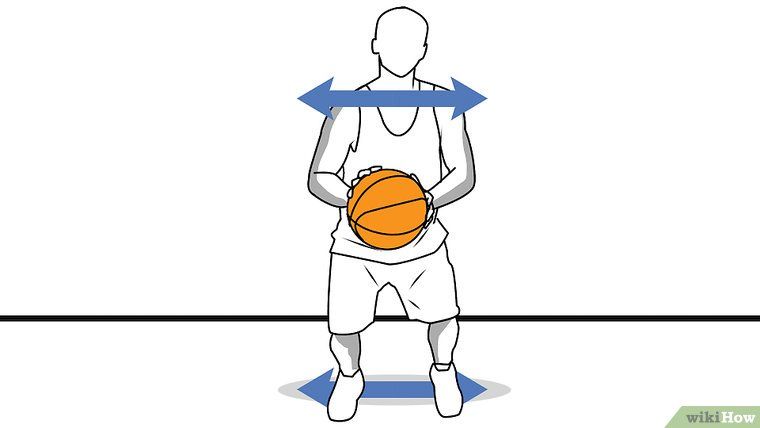 Since the player quickly changes direction from side-to-side during a euro step, it’s also referred to as the ‘side step.’
Since the player quickly changes direction from side-to-side during a euro step, it’s also referred to as the ‘side step.’
The term ‘euro step’ exists because the move was originally popularized in European basketball leagues before making its way to the NBA and most basketball leagues in the Western world.
Now, everyone uses it and it’s an extremely effective move. Knowing how to perfect the euro step gives you a weapon to use throughout the game.
Eventually, the other team will expect you to use this step, at which point you can use another maneuver to keep the defense guessing.
Related Articles- What Is a Field Goal in Basketball? The Ultimate Guide
- How Many Players Are On a Basketball Team? (NBA/NCAA/Youth)
- What Is a Foul in Basketball? Everything You Need to Know
- Charging in Basketball: A Complete Guide to How It’s Called
- What Is the Post in Basketball? (High & Low Post Explained)
Basketball coaching hacks: how to score goals for beginners
Even if you are a novice basketball player, we will not give you a training plan, but we will tell you why the ball flies anywhere but into the ring and into your hands. It's all about technique: even with regular training and perseverance, novice adults and children often make simple mistakes. It's a shame, let's fix it. Below are 11 life hacks on how to hone your technique to increase the likelihood of a goal for your team.
It's all about technique: even with regular training and perseverance, novice adults and children often make simple mistakes. It's a shame, let's fix it. Below are 11 life hacks on how to hone your technique to increase the likelihood of a goal for your team.
Basketball Shot Rules for Beginners
1. Hands up
In pursuit of the attacker, raise your hands, even if you are standing with your back to the pass, and even more so if the ring is in front of you. Your raised hands will increase the chance of intercepting the ball from the opponent by 2 times. Don't overlook this little thing!
2. Make shield rolls
Even Tim Duncan did not neglect them! A square is drawn on the basketball backboard. If you are standing opposite the ring, then aim at the middle of the upper part of the square, if you are standing on the side, then at the corner. If you hit this square, then the ball is at 90% of cases will fall into the ring. The law of physics and no cheating!
3.

Look at the ring, not at the ball
Practice driving the ball with your hand, not your eyes, develop tactile control. Your eyes should be on the hoop while dribbling and on the perception of your body position in relation to the hoop. Then you will be able to take the correct posture, and the throw will be effective.
4. Dribble with the balls of your fingers only
The palm should not touch the ball, only the pads of the fingers. Dribbling should become familiar to you, like an extension of your hand. Then you can change its trajectory at any time and you will have more chances to score goals. Practice with the ball constantly.
5. Throw with one hand
If you throw the ball with two hands, you reduce the chance of hitting the basket. All the efforts of the throw are in one hand (in the right for right-handers, in the left for left-handers). The other hand only holds the ball, the leading one holds it with the fingers, not the palm.
6.

Do not jump when protecting the ring
Jumping is the main mistake of rookie defenders. To intercept the ball and block the shot, simply stick out your hands. When you are in a jump, the attacker will easily bypass you.
7. Don't look back
When you dribble, don't look back, but dribble and aim for the ring, focus on shooting (or passing to another player on your team).
8. Bring the throw to automatism
Incorporate the most basic basketball techniques into your training plan and bring the shot to automatism. Throw first from a distance of half a meter from the ring, gradually increasing it. Learn to throw the ball so that it hits the hoop without touching the edge.
Throw the ball with all fives and jump
Throwing Rules:
- Head in the center of the body - if tilted, accuracy is lost.
- Look at the ring: mentally build a trajectory. If you are far away, the ball flies in a curved curve with a maximum height of 2 meters above the hoop.

- A strong hand is in front and throws, a weak hand is on the side and directs, only holding the ball. The elbow of the throwing hand must be in line with the ring.
- The ball must rest on the fingers without touching the palm. The fingers are as far apart as possible and grab the ball.
- Throwing arm bent 90 degrees, forearm perpendicular to the floor. If you bend less, then you get not a throw, but a throwing of the ball horizontally.
The main thing in the throw is the position of the body and its balance. Place your feet apart and parallel to each other: it is important to orient them in the middle of the basket. Then the direction of the body during the jump will coincide with the direction of the throw, and the ball will fly straight into the ring. When the feet are uneven, the ball flies in the wrong direction or does not reach (although the throw was normal).
Take a deep breath and release as you exhale.
How to hold the ball and shoot in basketball
How to throw correctly: straighten your arm, point your wrist up, and with your hand set the ball to rotate in the opposite direction from the flight. The ball should seem to "roll" off your fingers.
9. Copy masters and play as a team
Watch professional basketball games and try to copy the movements of your favorite players in training. And be sure to conduct game sparring - this will allow you to develop more techniques.
10. Do not throw in a straight line
The higher the arc of the ball, the greater the chance of a goal and the less chance of blocking by the opponent.
11. Do not throw the ball from a full height stand
This is the biggest newbie mistake!
Before the throw, bend your knees slightly and at the moment of the throw, straighten your body, making a jump. You need to straighten up and push off the ground at the same time. When squatting, keep the elbow of the throwing arm close to the body and towards the ring.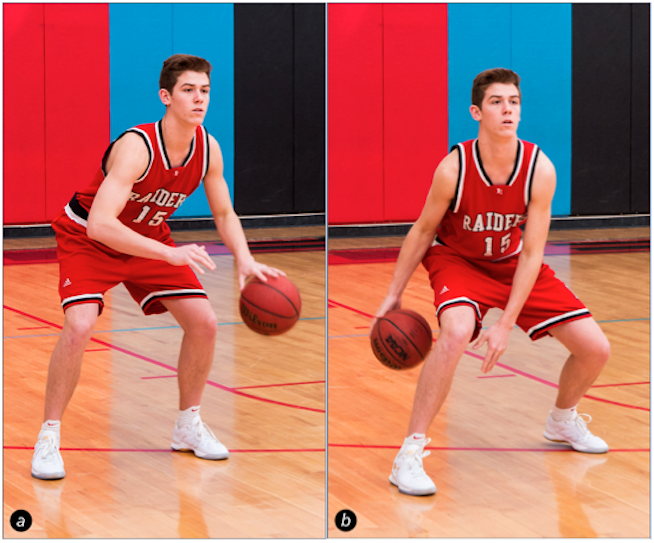
The jump will give momentum to the ball and will allow you not to make sudden movements with the brush.
***
And to be a long-term player, do not forget about your health: take care of your joints and muscles, use tapes, do a warm-up. And be sure to strengthen your arms, legs and shoulder girdle, develop coordination. Regular exercises on uneven bars and horizontal bars will help you with this.
FOMO Syndrome, or how to stop making a trip out of a race
One day to Rome: see the Colosseum, Pantheon, Vatican, Trevi Fountain, Spanish Steps, and also take a picture of Castel Sant'Angelo and rush through Piazza del Popolo. We are so accustomed to living on the run that we transfer this mode of operandi to rest. Who is to blame and what to do?
Heard about FOMO syndrome - Fear Of Missing Out, or fear of missing out? This is when it constantly seems that the most interesting thing happens to other people (a very unpleasant feeling).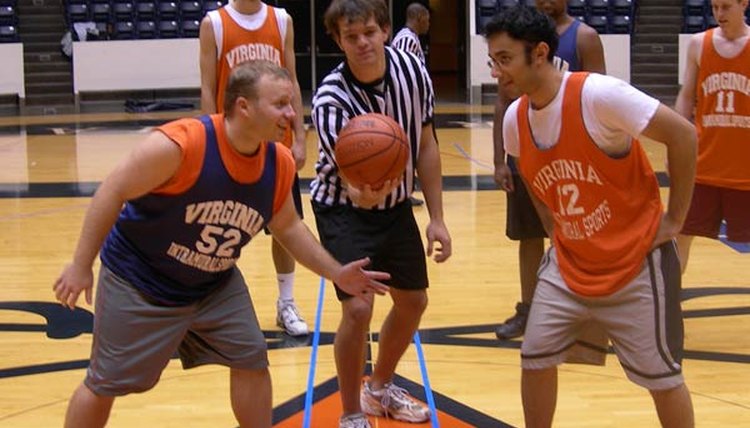 Social networks provoke such a syndrome. There you see every day familiar and unfamiliar people who squeeze all the juice out of life. And when you yourself break out on vacation, you try to be no worse and convince others: your life is amazingly exciting! As a result, the memory remains the appearance of the dish, not its taste. A picture, not a feeling.
Social networks provoke such a syndrome. There you see every day familiar and unfamiliar people who squeeze all the juice out of life. And when you yourself break out on vacation, you try to be no worse and convince others: your life is amazingly exciting! As a result, the memory remains the appearance of the dish, not its taste. A picture, not a feeling.
Forget about social networks
Don't rip yourself off: don't go to social networks once again and grab your smartphone every half second. Yes, it's hard as hell. It seems that you opened the messenger to chat with friends, and the next minute you post a gallery of five photos on Instagram, publish a post on Facebook and check-in in a cafe. Get a hold of yourself!
I walked along the crater of the world's youngest volcano and didn't take a single selfie. But I remember how the soles of sneakers melted from contact with black hot sand. The boat drew a diagonal along Lysefjord. There is not a single photo on the phone, but in the memory of the sheep, pale in patches of fog, and the wind with the smell of mint and strawberries. Every minute of yours is yours alone. Live it for yourself, not for social media followers.
Every minute of yours is yours alone. Live it for yourself, not for social media followers.
Choose what you really want to see
Before your vacation, it's a sin not to read articles like "Ten places to visit in Berlin", "Five dishes to try in Paris". And then walk with a crowd of the same enlightened people along the same routes, eat the same thing, put the same geotags.
Type “Jordan” on Instagram and you will see that every third picture is Petra. Now you understand why there is always a kilometer-long queue to St. Peter's Basilica, Piazza San Marco in Venice shines like Beyonce's dress from flashbulbs, and you can't get to the Trevi Fountain in Rome without special training.
Read articles with lists of attractions, but choose places according to the principle “I really need it - I don’t need it at all.” There are no mandatory places to visit. Generally. If you don't like galleries with darkened canvases, go to the botanical garden. If you love the old days - to hell with the water park.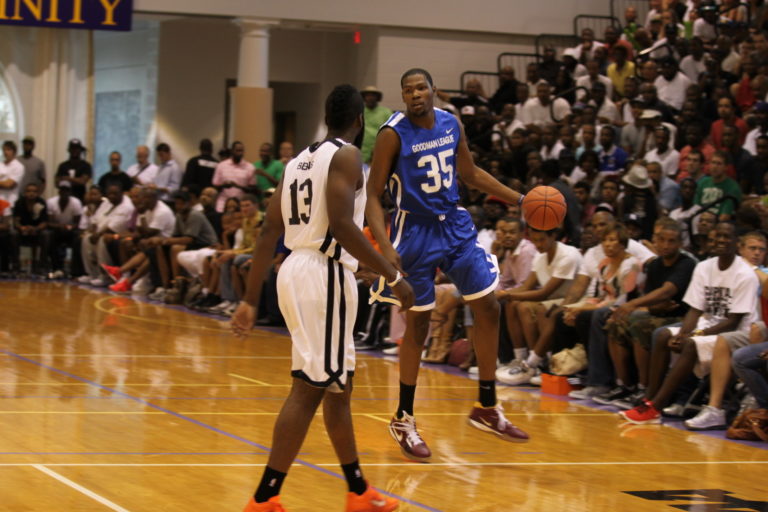 You love to have breakfast for a long time and look at passers-by - let others run out of the hotel with the first rays of the sun and a camera at the ready.
You love to have breakfast for a long time and look at passers-by - let others run out of the hotel with the first rays of the sun and a camera at the ready.
Traveling is your special experience. Tailor it to your liking, like a suit that fits perfectly and stays with you for the rest of your life.
Focus on the present moment
Remember that whatever you do is enough. Even if you just had a good night's sleep in the Maldives, walked around all the coffee shops in Vienna and hung out in the galleries of London for a week.
Don't worry that you haven't visited the most important thing, that someone you know will look sideways that there won't be a wow story in your luggage. Dine at a restaurant that you like, not one that is recommended on the Internet. Lie in the park instead of queuing for three hours at the Eiffel Tower.
Vacation means rest. From endless alerts in work chats and messages in instant messengers, from the noise of the Instagram feed and screaming media reports; from subscriber endorsements to must-see places recommendations.-Step-5.jpg/aid43486-v4-728px-Play-21-(Basketball)-Step-5.jpg) Think about how you yourself would like to spend those rare days that fall once or twice a year. Rest the way you like.
Think about how you yourself would like to spend those rare days that fall once or twice a year. Rest the way you like.
Subscribe to hot blog news!
Subscribe to blog updates and we will open the whole world for you inspiring travels, travel life hacks and unusual destinations for all occasions and for any company.
Look at these wonderful letters
Email
Subscribe
I agree with the "Personal Data Processing Policy".
Error on the server. Failed to send your data. Please try again!
Thank you
We have already sent you an email. Check, please!
Maria Farisa
Journalist, author of the award-winning books Aventurine and Better the Crane. Lawyer by education, treasure hunter by vocation. I love to travel through deserts, rivers and abandoned places.